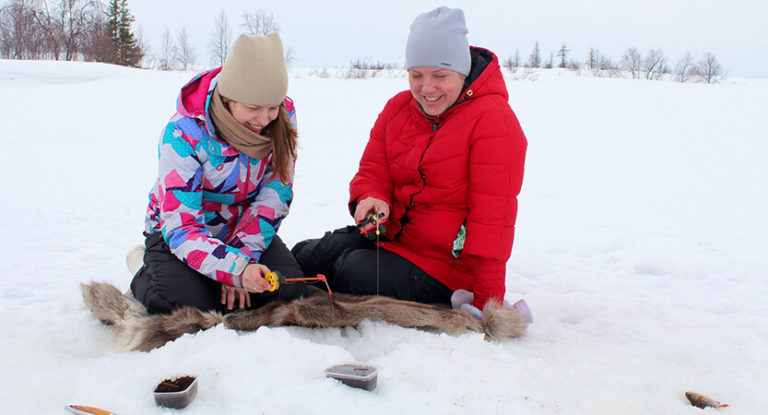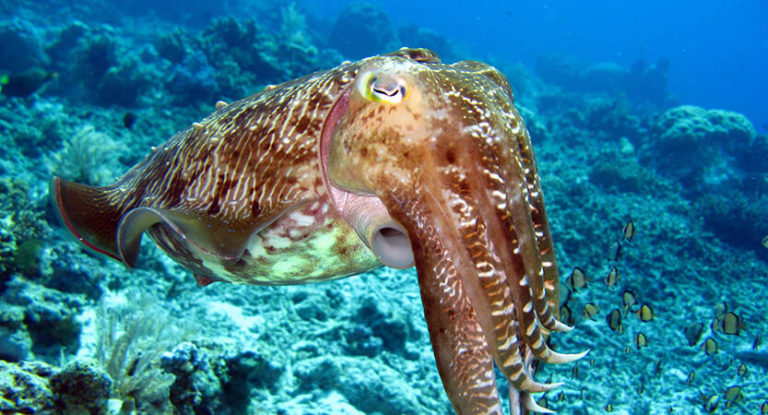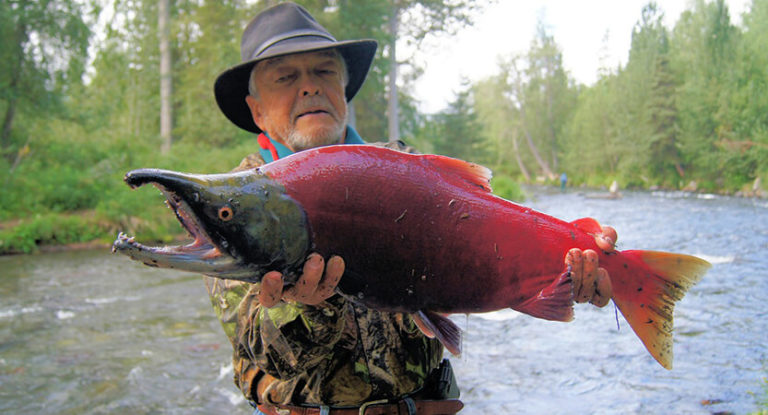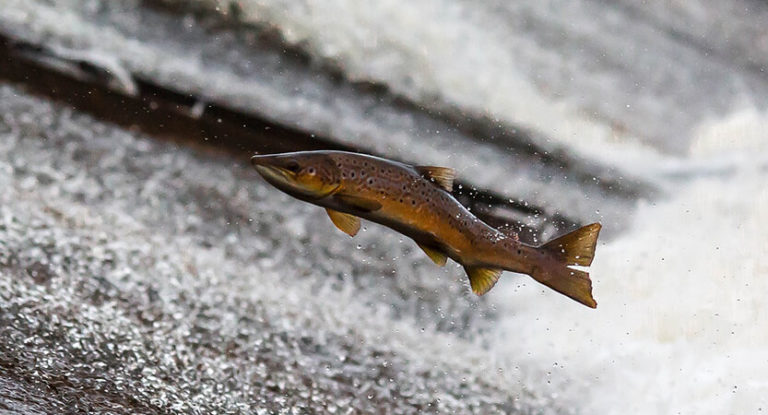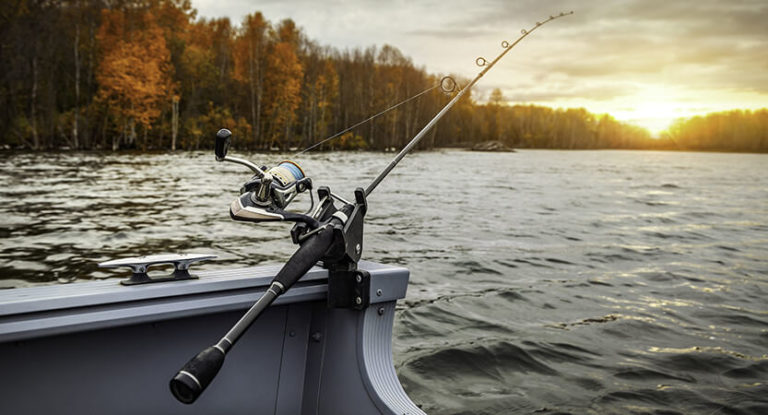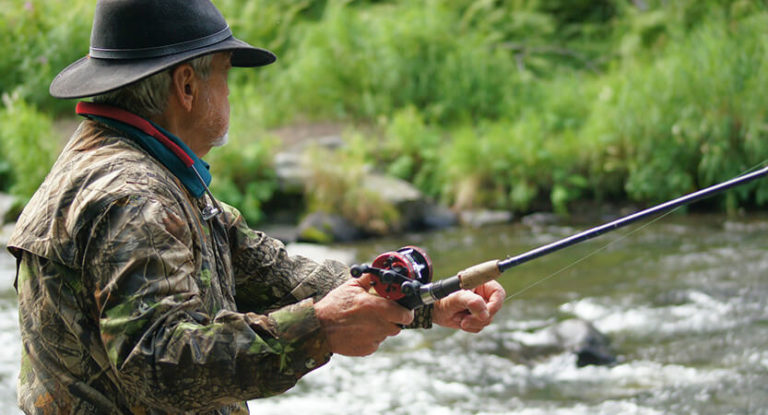Each experienced angler has a stock of his own experience, allowing you to get a good catch, but they are all based on the basic principles that have been known for a long time. One of them is fishing not at random, but in the most promising place. On familiar reservoirs, everything is known, studied and clear, but in a new place it is unreasonable to neglect the determination of the bottom relief. This is not a 100% guarantee of a good bite, but it significantly raises the chances of a good catch.
In this publication, we want to talk about the most effective ways to study the bottom relief of water bodies of different types. These principles are based on the experience of experienced anglers, mainly feeders. The fact is that with feeder fishing, which is carried out mainly in rivers with the current, the search for catching places is especially relevant. However, this information will not hurt fans of other types of fishing either.
Here is an overview of the content of this tutorial, feel free to jump to any section you care about:
For more fishing instructions, take a look at these popular Trizily links: Best Fishing Sunglasses, Best Fish Finders.
Why determine the bottom topography?
Every angler with minimal experience knows that fish with all its fins stands for originality. In other words, its greatest concentration falls on areas that are somewhat different from others. It can be an edge , a pit, an area where the sandy bottom turns into shell rock or pebbles, the boundaries of vegetation, visible or imperceptible visually.
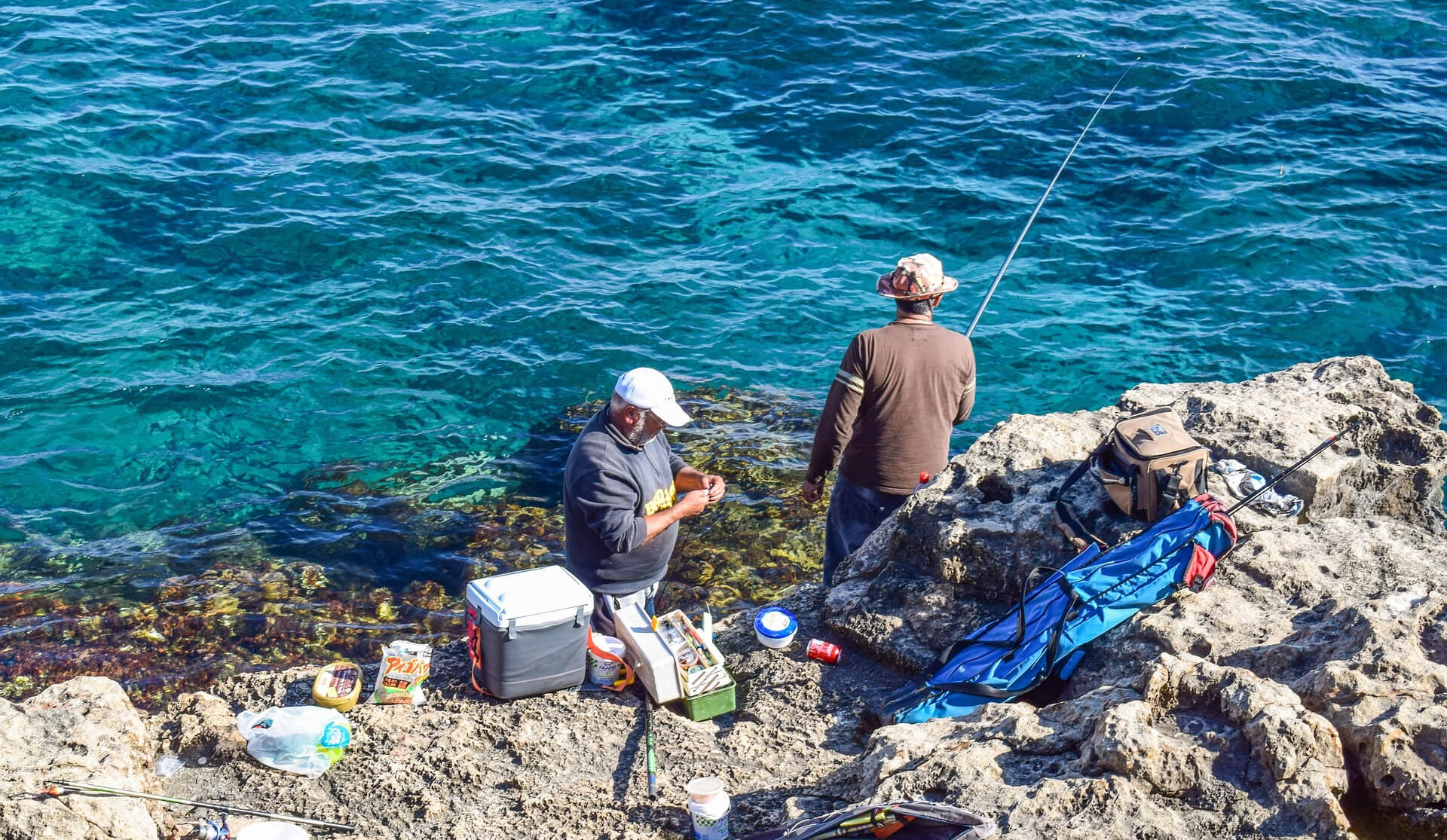
The angler’s task is to determine this very heterogeneity and apply it intelligently. For example, bream most of all loves to poke around in shell rocks in search of food, and roach flocks into flocks on pebble areas. When determining promising places “by eye”, you can never achieve the same accuracy as with a systematic study. Even if it takes a lot of effort and time, it will be worth it.
Experienced anglers choose at least two places for long-term fishing. Fish have a tendency at night to go to the stretches and shallow areas closer to the coast, while in the morning and evening hours they prefer to feed at greater depths. This is due to temperature fluctuations and, consequently, the saturation of water with oxygen. The angler’s task is not only to outline the boundaries of promising areas, but also to deliver complementary foods there, and subsequently – to cast at a precisely verified distance.
Study of relief by visual signs
If a lake or a reservoir is chosen as a place for fishing , you should not count on significant differences in the relief: the bottom resembles a deep bowl. Pronounced eyebrows and deep pits, as a rule, are not observed, the reservoir deepens evenly. However, even in this case, one should not neglect the features of the bottom relief. Deeper areas can sometimes be identified by the color of the water, silted areas – by the characteristic turbidity.
Do not neglect the marker in the form of vegetation: by the type of aquatic flora, you can calculate the depth by eye. Many anglers who come for short-term fishing are guided in the relief by this very feature: they have no time to make a thorough analysis of the bottom surface. Catch on the edge of vegetation or in a window of clear water surrounded by thickets – you will catch something.
When fishing in a river, the picture is fundamentally different: the current provides significant level differences and inhomogeneous areas. With navigable rivers, everything is clear: the channel is marked with buoys, so that a sharp deepening of the channel is clearly visible. With non-navigable rivers, everything is a little more complicated, but it is obvious from an experienced glance. The steep coast with a minimum amount of vegetation is likely to have a sharp jump in depths, while the opposite gently sloping one has a smoother relief, with a gradual deepening.
The boundaries of the rifts, the places where the current changes the speed or the direction and the areas of the confluence of the tributaries, are considered very promising – all this is visually determined approximately, but it will not hurt to take accurate measurements.
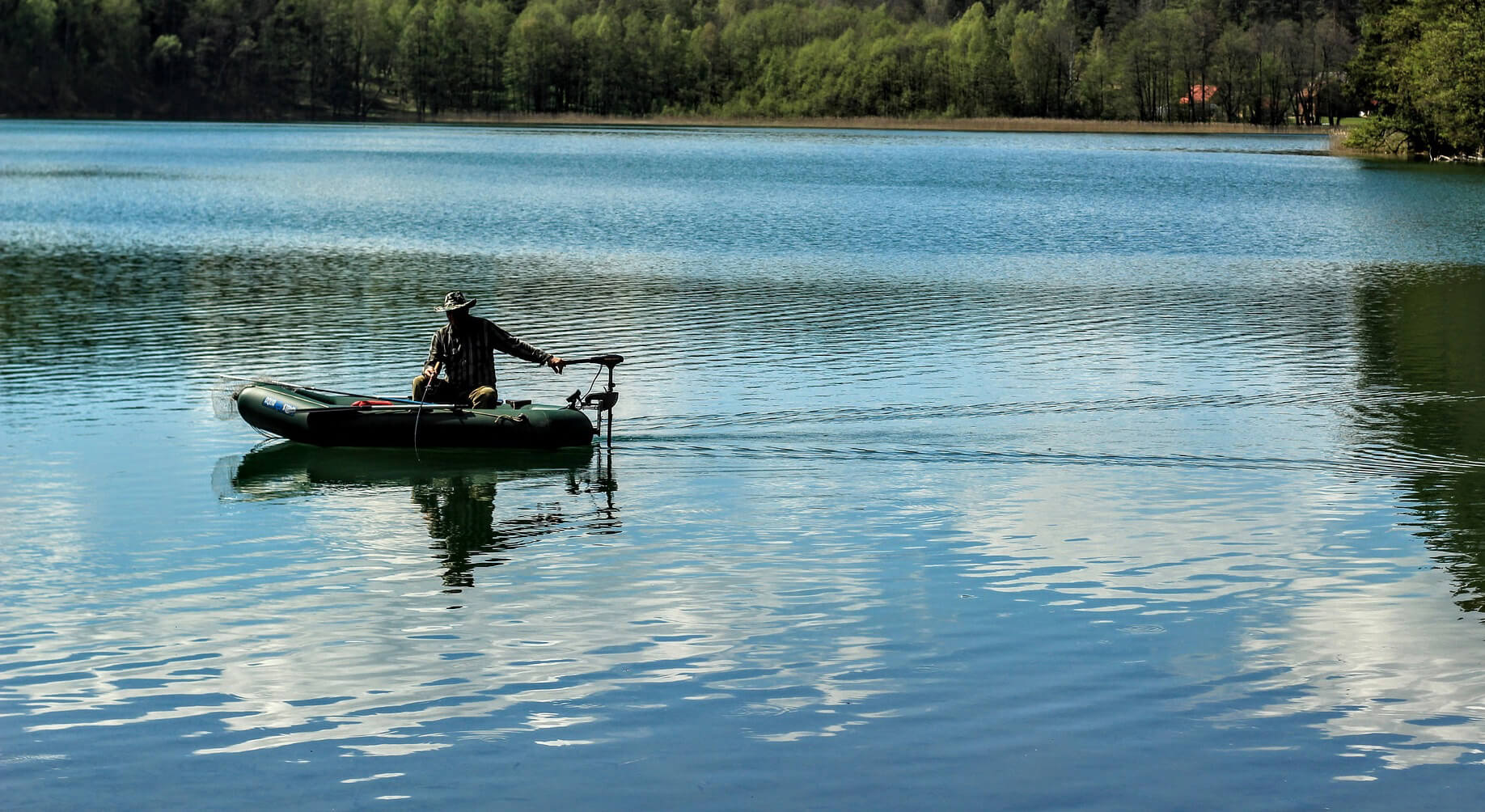
Methods for investigating the irregularities and nature of the bottom
The methods listed below require special equipment, some reserve of time and perseverance, as well as a notebook with a pen for recording and analyzing the results.
Measurements with cargo under the account . This method of determining the bottom surface relief can be recommended for novice feeders: although it is the most time-consuming, it is the easiest to implement. It becomes even easier if you use a stopwatch in addition to your rig. The first throw of a load weighing 50-90 grams (depending on the strength of the current) should be carried out as far as possible. At the moment when the weight touches the water, you should start counting (or count with a stopwatch) and continue it until the moment the top is won back, the result should be recorded.
Then we make three turns of the reel, we clip it, continue to exhaust the tackle, counting the number of turns, fix the result on paper. We make the next cast to the place of fixation of the clip and repeat the procedure. The faster you count, the more accurate the result, which can be plotted as a graph of timing and coil revolutions. If the measurements are carried out correctly, you will receive a picture with specific numbers showing the depths for the sections.
Jig wiring . In this case, it is not necessary to use a feeder – this method is also available to spinners. The fundamental point here is the stability of the wiring in amplitude and tempo. Again, you need a load and the ability to count, and in this case – as quickly as possible. The account is kept from each jerk to the fall of the load to the bottom. The numbers do not change – this means that a “table” is located under the water, that is, a conditionally flat area, increase or decrease – we are talking about a pit or, on the contrary, a shallow. Unfortunately, important information about the structure of the bottom remains behind the scenes – we see only a bare relief.
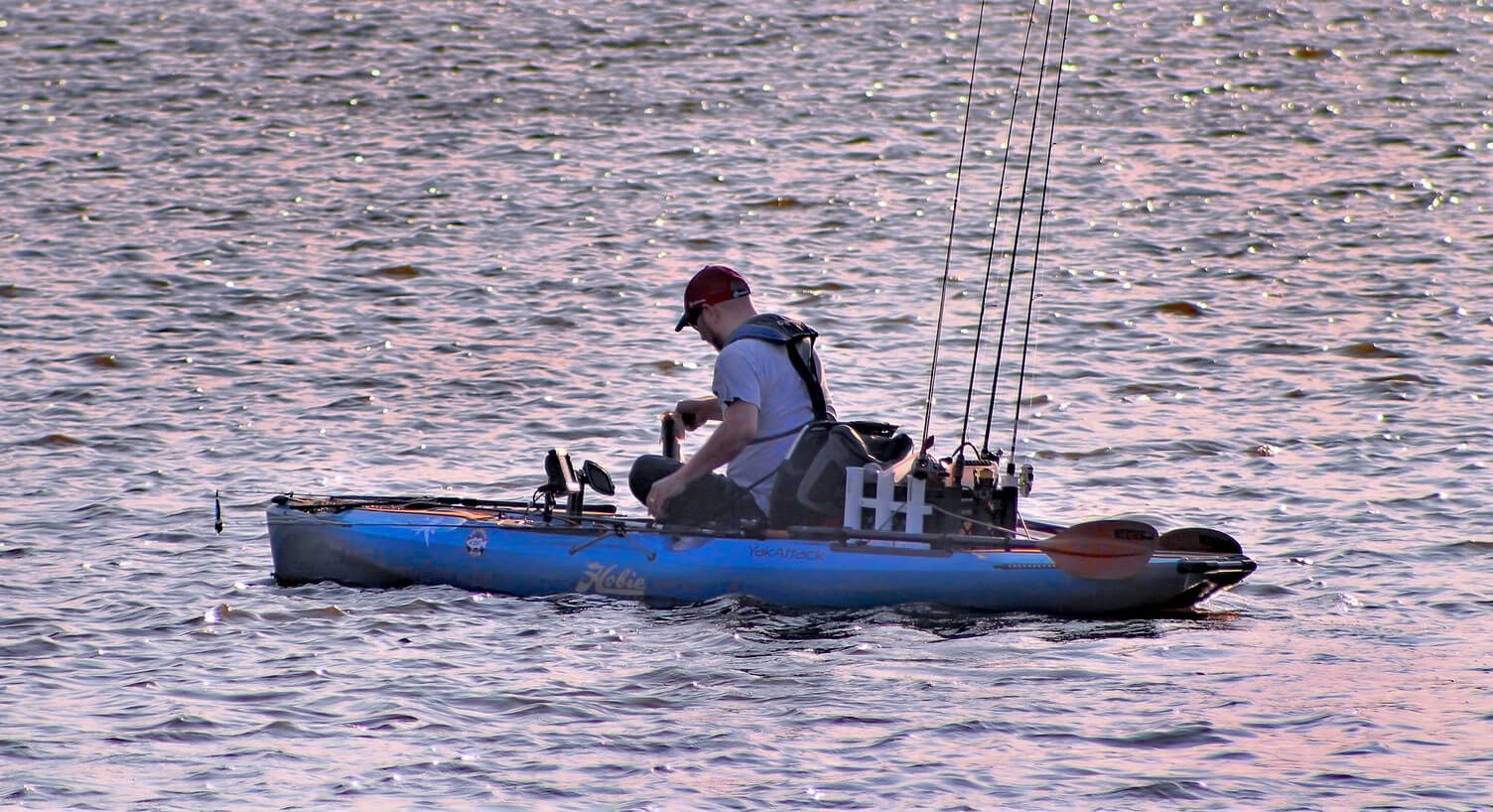
Drawing . This method most accurately allows you to study not only the relief, but also the surface structure. You need to cast the tackle in a visually promising direction, then stand parallel to the coastline, holding the rod in front of you, slightly tilt down and take the feeder to the right, and return it to its original position. We repeat the operation several times, making several turns of the coil. The results should be analyzed according to the behavior of the quivertip and your own feelings: when dragging the load over the shell, you can feel a slight shaking, while on the pebbles – a decent beat. On the sand, the load goes easily, on silt or clay – it sticks, goes with resistance – up the slope, effortlessly – down, periodically clings – which means there is algae.
Marker equipment . In this method, a special marker float and a corresponding weight are used, which are attached to separate leashes, preferably on a marker rod simply through the ring. Gradually releasing the line to the marks, you should keep counting until the float ascends (you can count the revolutions of the reel). Unfortunately, in a fast flow, this option cannot be called too convenient: the rig is demolished, the measurements become very approximate.
Using the echo sounder . Before us is the most modern and reliable way to study the bottom topography. Wireless models that work remotely are especially good. These echo sounders are small balls with clever filling, capable of transmitting information about depths, the nature of the relief and even the temperature of the water to the fisherman’s gadget (phone or tablet, if desired). Measurement data, together with precise coordinates, can be saved and shared with anyone if desired, making the research process very easy for groups of anglers.
We hope that the above methods of analyzing the bottom surface will help make fishing even more enjoyable and productive!

